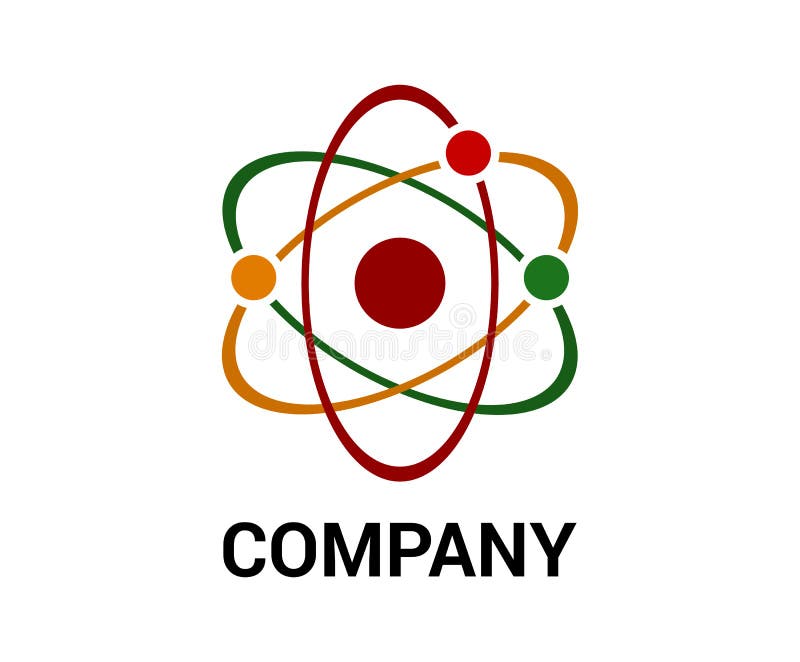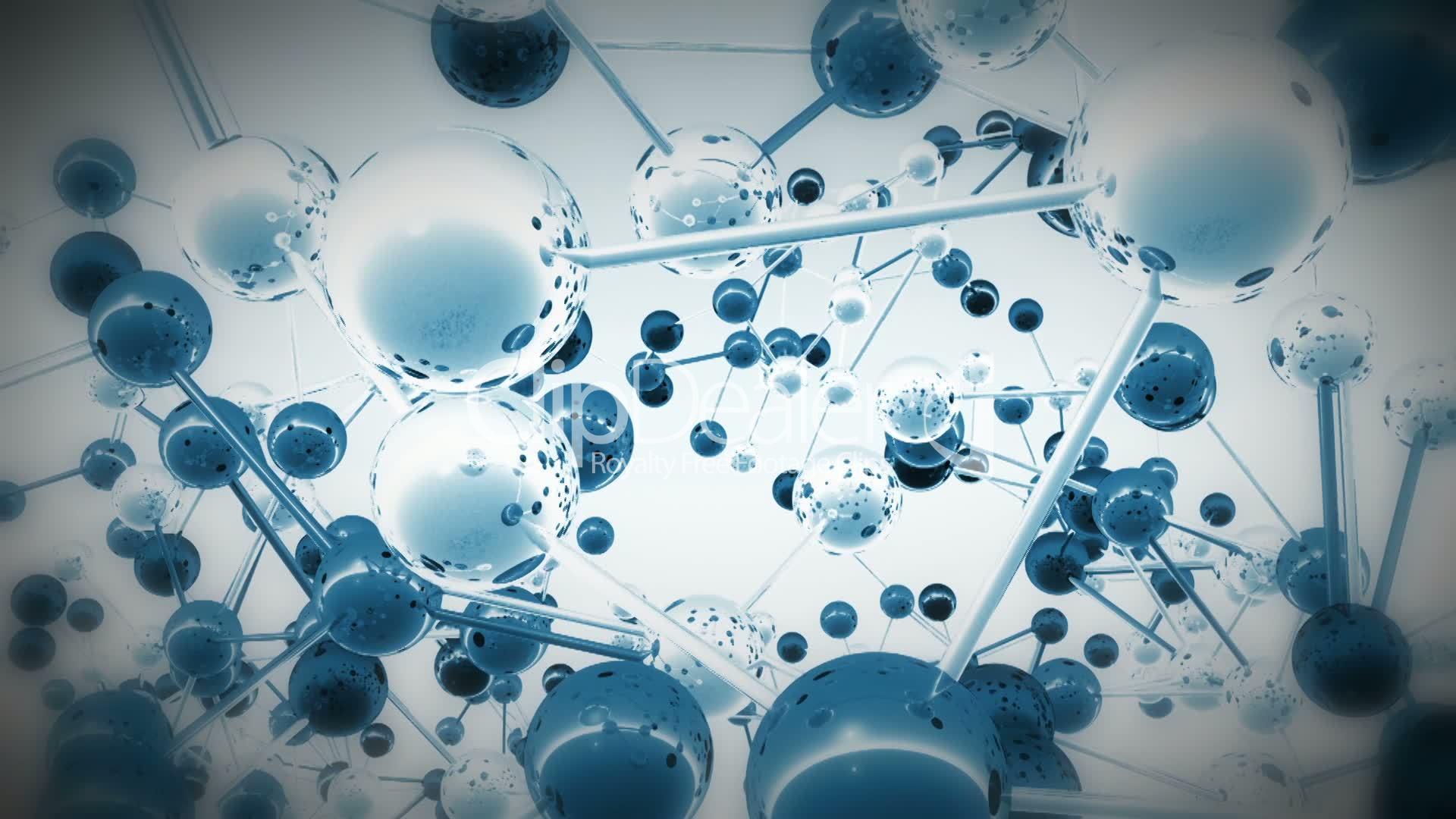Table Of Content

It’s a process that bridges a gap between developers and designers. They are the building blocks of design such as buttons, lines, shapes, icons, text fields, text labels, etc. It encourages site optimization and prioritizes flow because it recognizes the value behind even the most minor components.
Why you should follow the atomic design?
By interlinking all of our components to each other, we also realize that if we create a new component, it’s the heart of the system that is going to be impacted, not just an isolated screen. For example, if I create a specific component that is a “contacts list,” I’m very quickly going to transform it into a generic component that will simply be a “list” item. When we design with atomic, we always have to keep in mind that the same component is going to be reused in very different contexts. I see Atomic Design as a slightly different approach to interface design but one which can make a great impact in the end. In this article, I’ll go over a bit of what I’ve learned and what to keep in mind when designing systems of components with Atomic Design. It took me several months and some concrete projects before gaining an idea of what “designing in atomic” really meant and what that was going to change in my everyday life as a designer.
Drug design at the atomic level to thwart COVID-19 Stanford News - Stanford University News
Drug design at the atomic level to thwart COVID-19 Stanford News.
Posted: Wed, 13 Mar 2024 07:00:00 GMT [source]
Electrons in the atom
Much like the design thinking methodology, Atomic Design has a certain framework that means to help designers organize their efforts and guide them in the design process. Like in design thinking, when taking the atomic approach designers aren’t meant to install a linear workflow. Instead, there’s plenty of back and forth so that UI design decisions are made with a sound basis in validation. Your teacher probably invested a lot of time and effort into getting you to see the world through new eyes. Suddenly, everything on the planet could be considered large groups of molecules, working together to create our reality as we know it. Our own bodies are made up of atoms, each playing an important role in their own right.
Understand the basic concept and structure of an atom
Molecules give us some building blocks to work with, and we can now combine them together to form organisms. Organisms are groups of molecules joined together to form a relatively complex, distinct section of an interface. In 1869, Russian scientist Dmitri Mendeleev published the first periodic table. The periodic table groups elements by their atomic number (how many protons they have; this is usually the same as the number of electrons). Elements in the same column, or group, usually have similar qualities.[12] For example, helium, neon, argon, krypton, and xenon are all in the same column and are very similar.
We still tend to think of responsive design as a reorganization of blocks on specific breakpoints.
Drug design via single-carbon atom insertion - Nature.com
Drug design via single-carbon atom insertion.
Posted: Tue, 26 Mar 2024 07:00:00 GMT [source]
Professional development
If done separately, many teams find that combining the pre-established design with the content can be difficult, with many last-minute adjustments being needed. Depending on how last-minute these changes are, they can be really costly and painful to implement. Once again, the design team can benefit from the flexibility of Atomic Design. Looking at the finished page, what falls short of expectations? More often than not, the team will focus on a molecule or organism on the page that doesn’t have the desired effect.
Discover content

A very rare form of hydrogen has one proton and two neutrons in the nucleus; this isotope of hydrogen is called tritium. The sum of the number of protons and neutrons in the nucleus is called the mass number of the isotope. Atoms can combine with other atoms to form molecules but cannot be divided into smaller parts by ordinary chemical processes.
There is room for expression within the atomic design system, as it is a system of thinking that encourages and rewards experimentation. Furthermore, once you have a library of UI elements, there are so many variations to experiment with that it is unlikely you will feel limited in any way. Most design teams find that at the end of the project they have fewer components than they would without the Atomic Design approach. This is because Atomic Design is very calculated and controlled when it comes to the building blocks of the design. Working in a similar way to a classic design system, Atomic Design keeps teams from having many versions of the same components or duplicates that offer slightly different styles.
By now you may be wondering why we’re talking about atomic theory, and maybe you’re even a bit angry at me for forcing you to relive memories of high school chemistry class. Focus on creating generic, abstracted component APIs vs. tailored functionality. Composing UIs from pre-built components speeds development and reduces bugs.
Truthfully, it’s smart to drop the chemistry vocabulary after a certain point so the designers can communicate with stakeholders that aren’t in the design team. When putting things together and showing them to key users or clients, calling them by design-industry terms might make for a more straightforward conversation. One of the most powerful aspects of Atomic Design is that it allocates time to the creation of molecules in order to make sure that they have a clear meaning and function. This helps design teams be mindful of each component group, as well as the whole of the screen.
Similarly, our content should be aware of the manner in which it will be presented. The close relationship between content and design requires us to consider both as we construct our UIs. Pages are specific instances of templates that show what a UI looks like with real representative content in place.

No comments:
Post a Comment